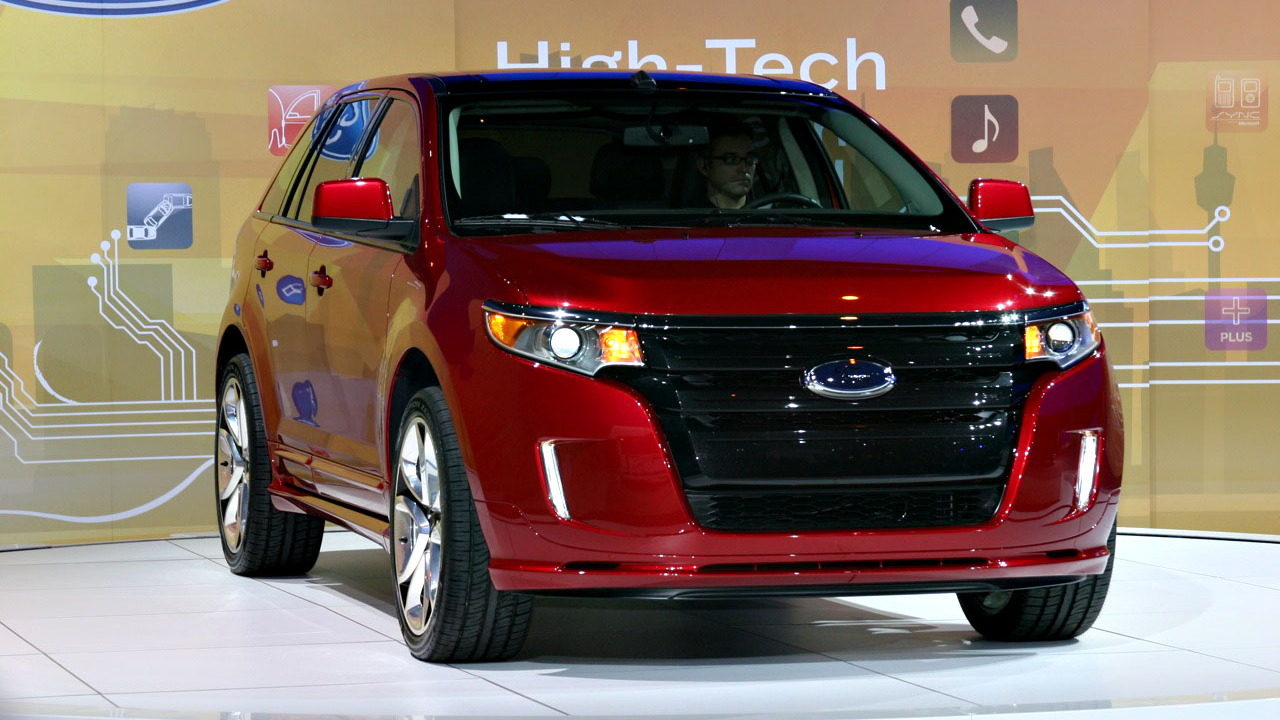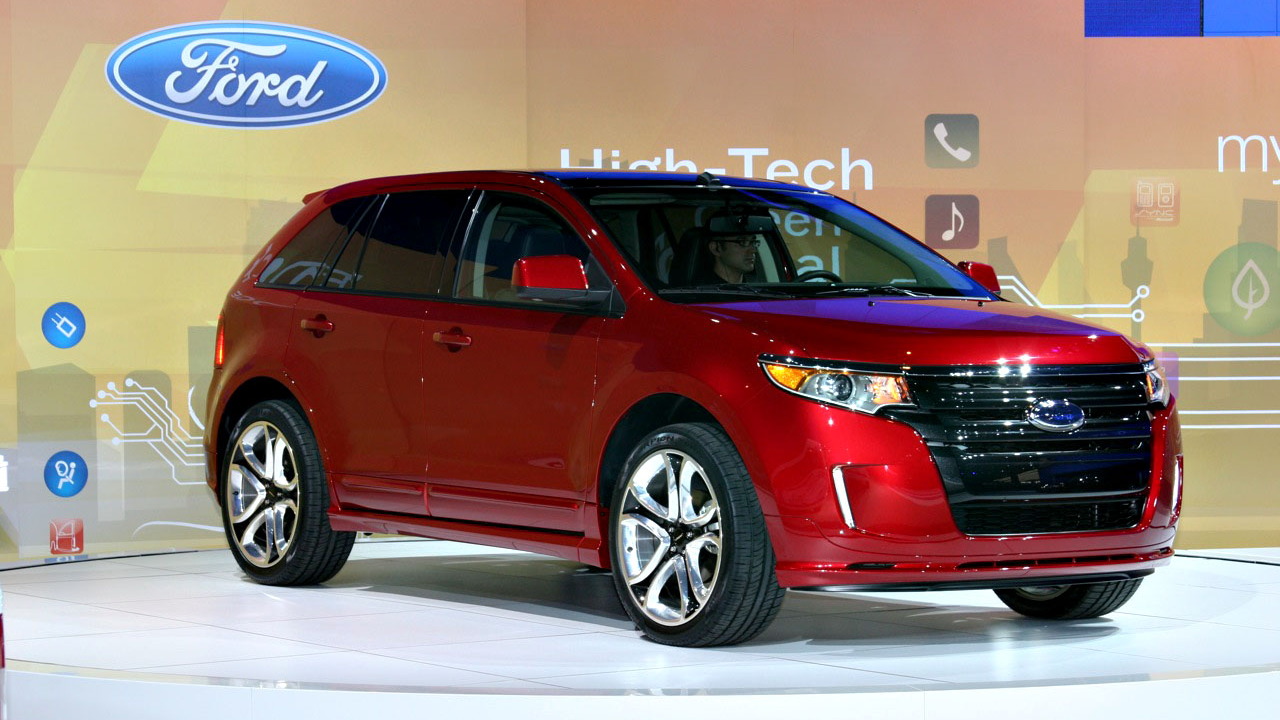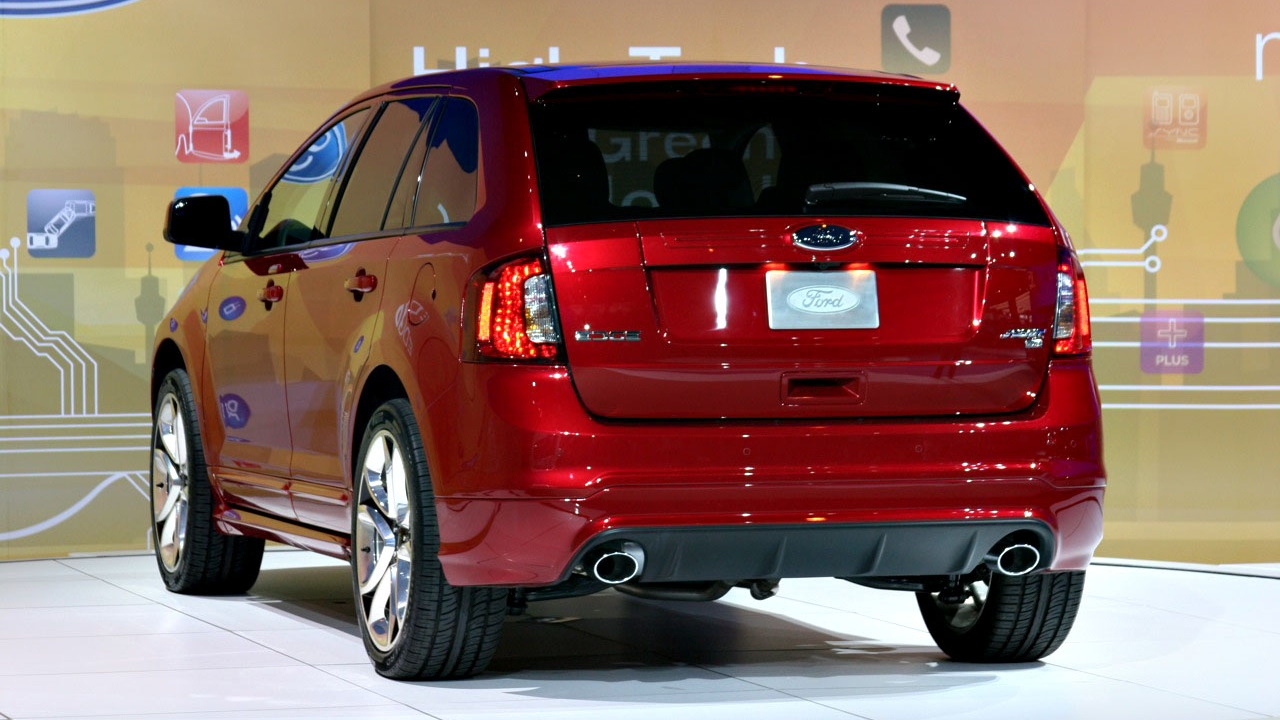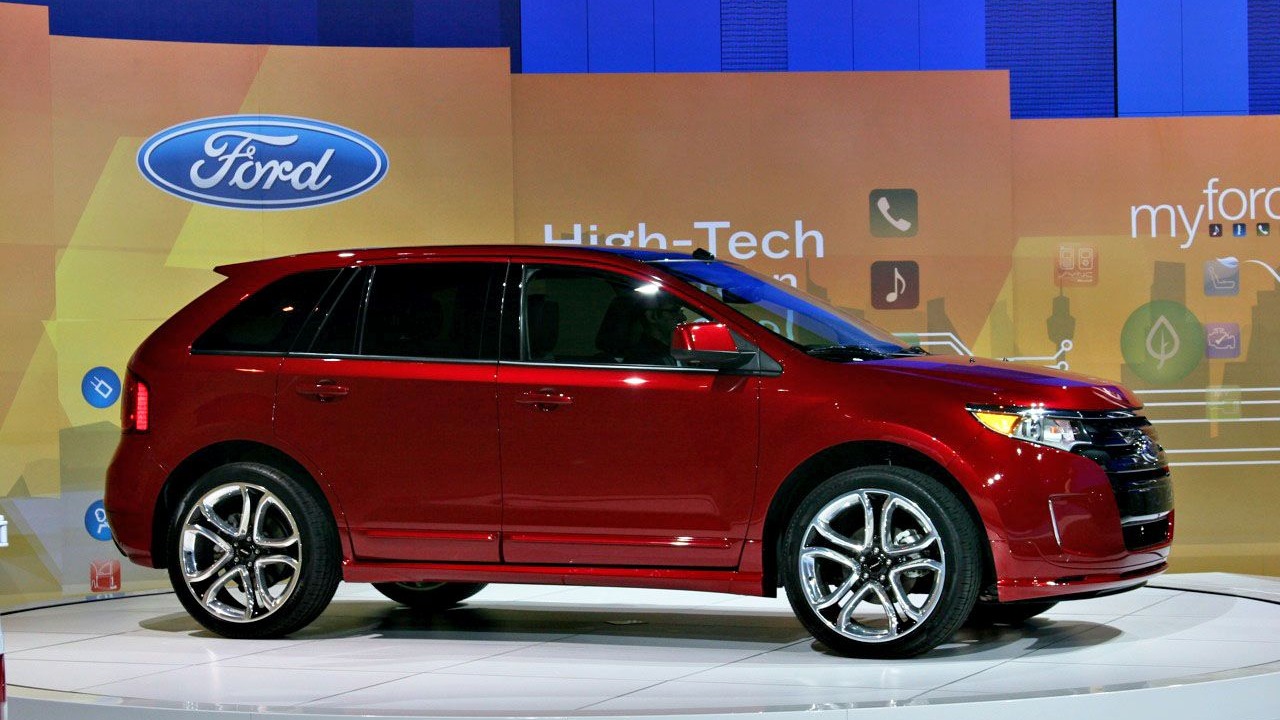Ford’s new EcoBoost engine technology is heralded by the company as the key to finding a balance between power and economy, and having seen the performance in cars like the Lincoln MKS and Ford Flex we can only agree. EcoBoost is essentially the addition of separate direct injection, variable cam timing and turbocharging technologies to a downsized engine, which results in a smaller engine providing the power and torque of a much bigger one.
So far Ford has only launched V-6 EcoBoost engines but by the end of the year there will be three new ones, two of which will only feature four cylinders. Furthermore, by 2013 Ford expects to be producing approximately 1.5 million EcoBoost engines globally, about 200,000 more than originally expected. Plans call for an EcoBoost engine to be available in 80 percent of the company’s global nameplates and 90 percent of North American nameplates by this 2013 deadline.
The latest additions to the EcoBoost family will be a 1.6-liter four-cylinder unit destined for European markets, a 2.0-liter four-cylinder mill for the 2011 Ford Explorer SUV and recently revealed 2011 Ford Edge crossover, and a newly developed 3.5-liter V-6 unit for the Ford F-150 pickup. Ford already has a 3.5-liter V-6 EcoBoost engine but this unit is being designed for rear-wheel drive applications, with towing capacity namely in mind. All three engines are expected to offer best-in-class fuel economy.
The three new engines will increase the number of global nameplates available with EcoBoost to 11.
Other efficiency technologies in the pipeline include electrified vehicles, new six-speed transmissions on 98 percent on Ford’s North American vehicle lineup, and engine stop-start systems.
[Ford]









